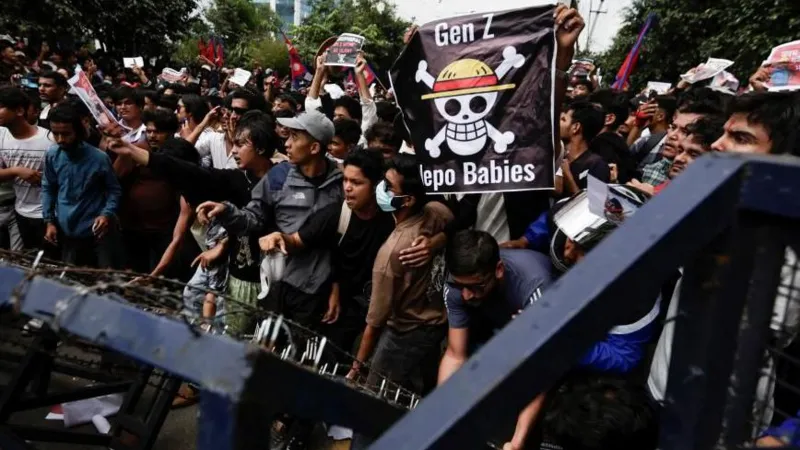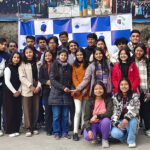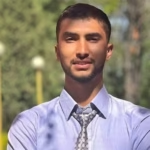Now Reading: At Least 19 Killed in Nepal Protests Over Social Media Ban and Corruption
-
01
At Least 19 Killed in Nepal Protests Over Social Media Ban and Corruption
At Least 19 Killed in Nepal Protests Over Social Media Ban and Corruption
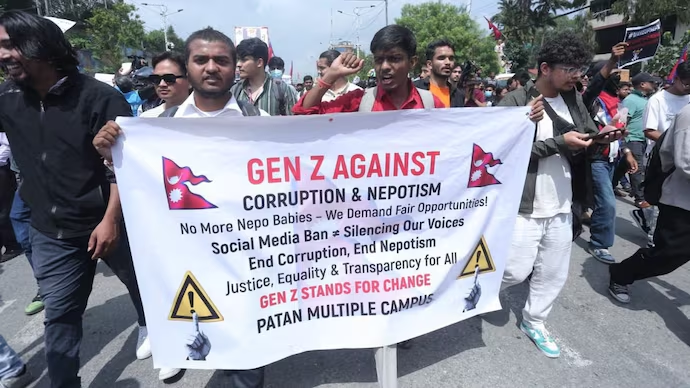
At least 19 young protesters were killed and dozens injured in Kathmandu as police clashed with demonstrators opposing Nepal’s social media ban and rampant corruption. Families gathered in anguish outside hospitals while thousands of students marched with placards demanding change, turning the streets of the capital into a symbol of grief and defiance.
KATHMANDU, September 8, 2025 — At least 19 young protesters have died and dozens more were injured during violent clashes with police in Kathmandu, as demonstrations erupted against the government’s ban on social media and alleged corruption. Families waited anxiously outside hospitals, while volunteers rushed to donate blood for the injured, painting a grim picture of grief and fear across the capital.
Authorities reported that police used water cannons, batons, rubber bullets, and live ammunition against demonstrators, many of whom were students in school and college uniforms. One protester told ANI news agency that police had fired “indiscriminately,” injuring friends and peers who posed no threat.
“They fired bullets which missed me but hit a friend behind me,” the protester said. “He was hit in the hand.”
Seven people were confirmed dead at the National Trauma Centre, with several others in critical condition after being shot in the head or chest, according to Chief Medical Superintendent Dr. Badri Risal. Police officer Shekhar Khanal stated that more than 100 people, including 28 police personnel, were receiving medical treatment for injuries.
The protests, dubbed demonstrations by Gen Z, were largely peaceful until some demonstrators forced their way into the parliament complex. Thousands of young people marched holding signs reading, “Shut down corruption and not social media” and “Youths against corruption.”
Experts say the protests reflect deeper frustrations among Nepal’s young generation.
“This is a generation that grew up with hopes for an inclusive new Nepal—a dream that remains elusive,” said Anurag Acharya, Director of Kathmandu-based think tank Policy Entrepreneurs Inc. “With limited livelihood prospects at home, many are forced to migrate abroad for studies and jobs. The frustration with unstable governments and rampant corruption reached a tipping point.”
Critics argue that the government’s response was excessively harsh. “Unarmed students were treated like a criminal mob. Non-lethal riot control measures could have been used instead of live bullets,” Acharya added.
The tragic loss of life highlights the urgent need for governments, not only in Nepal but also in other countries facing youth protests, to adopt measured and compassionate responses. Experts suggest that authorities could allow peaceful gatherings, engage in dialogue with youth representatives, implement responsible content regulation, or introduce moderation frameworks for social media, rather than shutting platforms down entirely.
The grief is profound, and the lives lost cannot be returned. Yet there remains hope that reason and dialogue, rather than force, can prevent further tragedies and rebuild trust between governments and the young citizens they serve.
